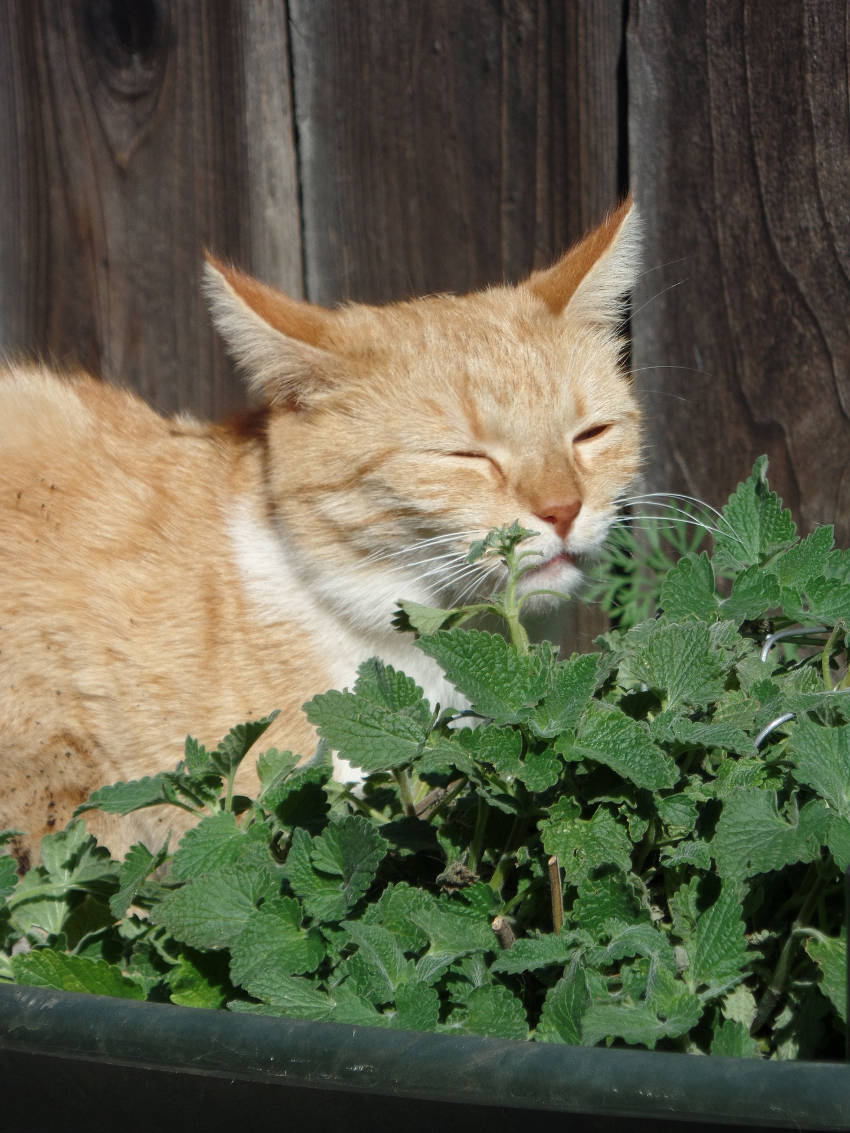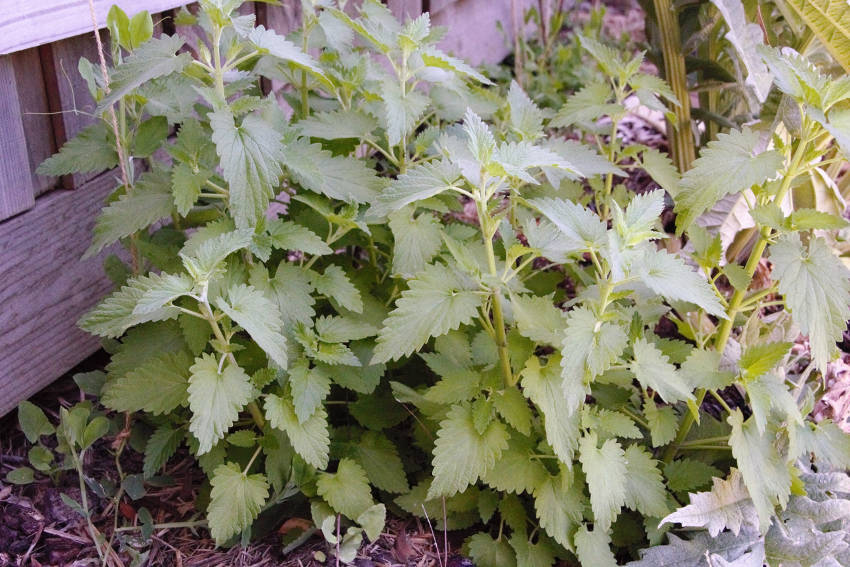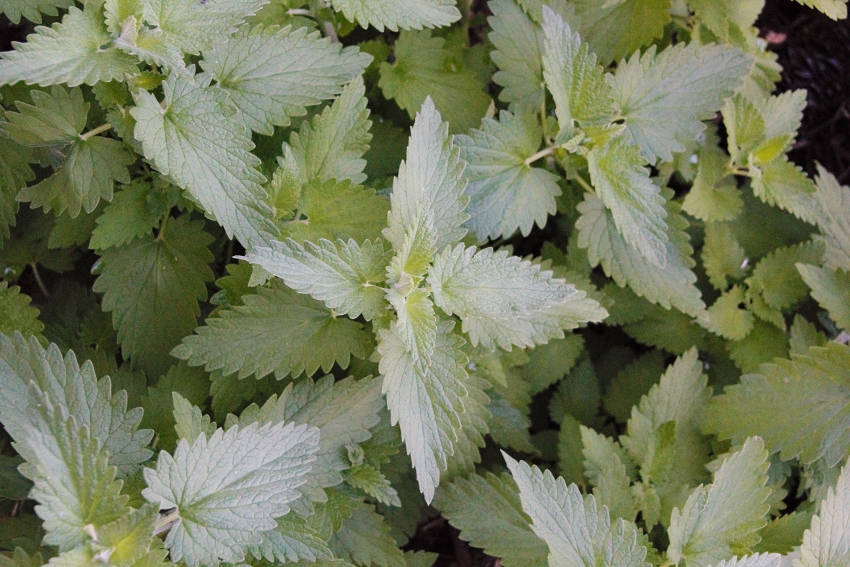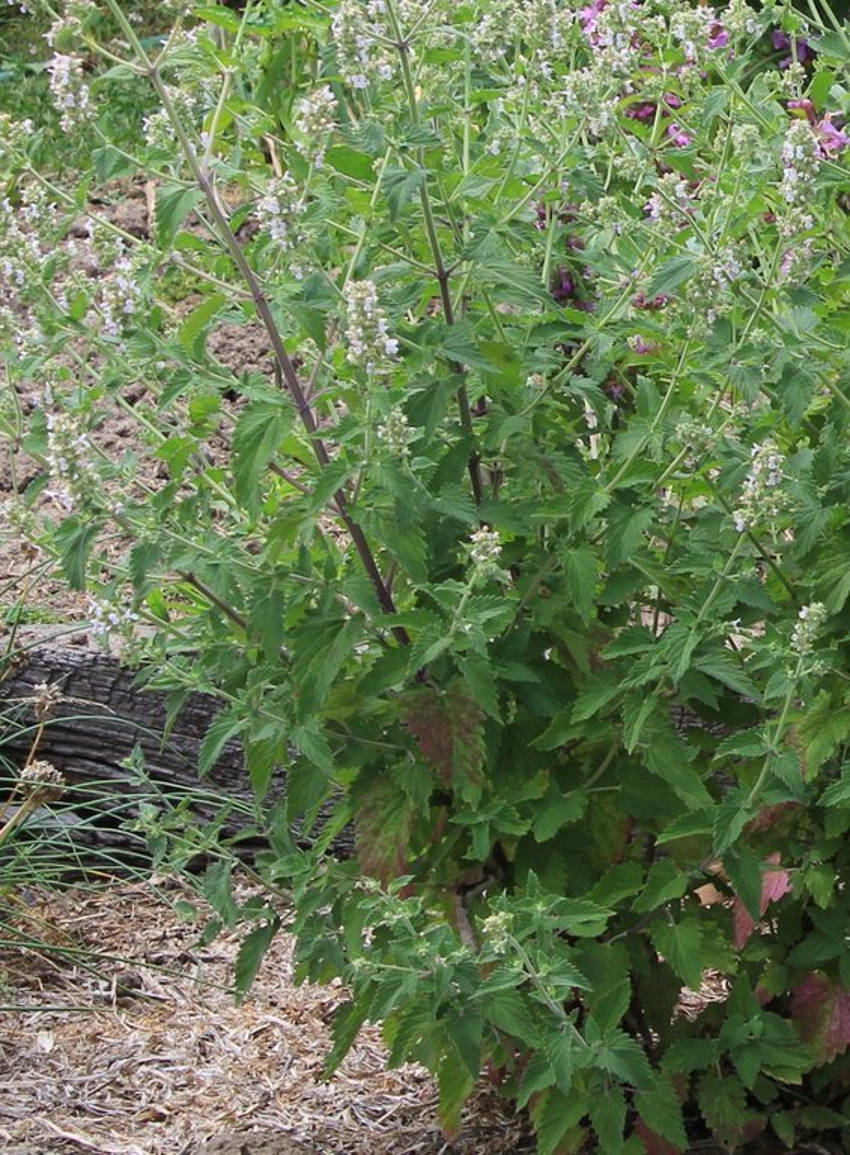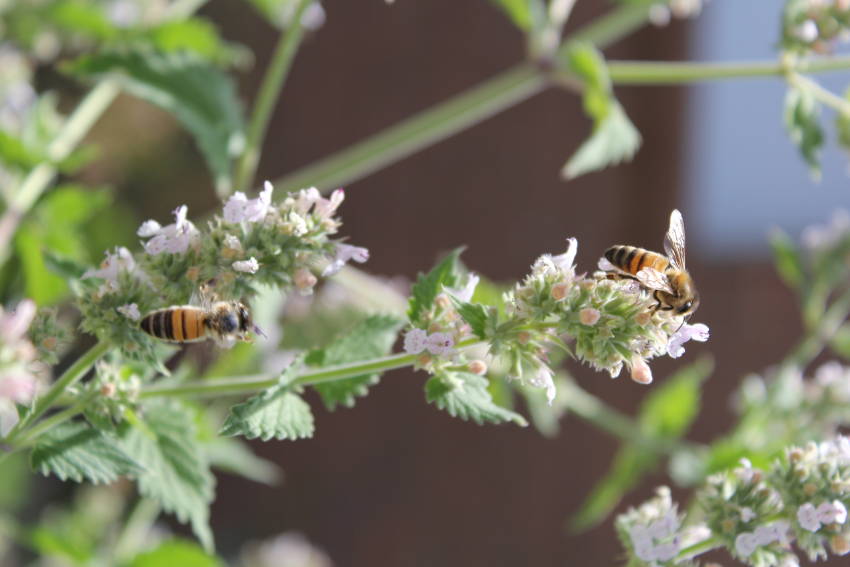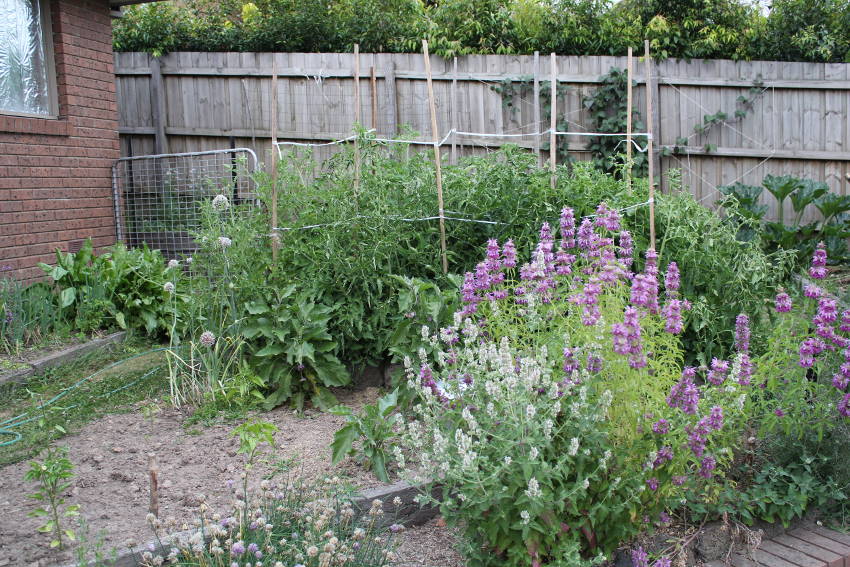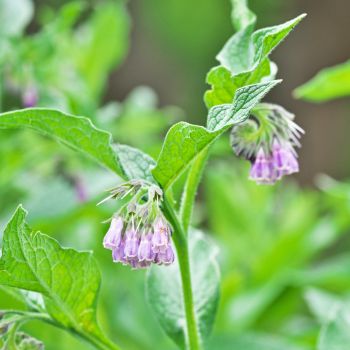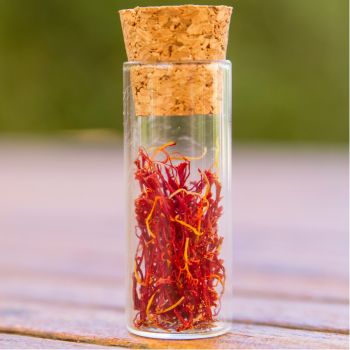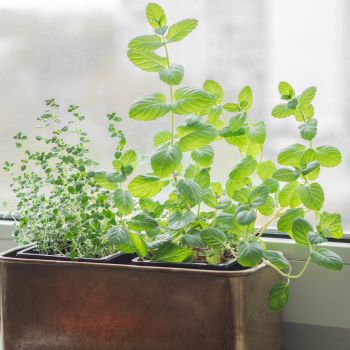For many cooks, a kitchen garden is unthinkable without basil or coriander. Likewise, a medicinal herb patch wouldn't be complete without chamomile or sage.
But one venerable herb seems to have landed itself with a slightly more specialised reputation. Mention catnip, and most people automatically think of small stuffed toys tossed around by wide-eyed, frenetic felines.
This is a shame, as catnip makes an interesting addition to any herb patch, whether you're a cat-loving gardener or otherwise.
What is Catnip?
Catnip is a hardy herbaceous perennial from the wider mint family of herbs. It's native to Europe, northern Africa, and western Asia, but is now naturalised worldwide.
In appearance, catnip shows its mint family background, and also has a definite resemblance to close cousin lemon balm. It grows to a height of around a metre with a spread of 60cm, and its loosely branching stems form grey-green leaves with a coarse texture and a triangular shape.
It produces small but attractive pink or white tubular flowers from early summer to early autumn, with repeat flowerings after cutting back if the climate allows.
Catnip is also known as catmint, a name it shares with several near relatives. To be sure you're buying the true catnip species, look for the botanical name Nepeta cataria rather than the similar N. camphorata, N. x faassenii, or N. racemosa.
The Famous Feline Effects
Botanical features aside, catnip's most famous quality is of course the remarkable effect it has on cats. Literary references from as far back as 17th Century England describe the powerful attraction it holds for many cats, and it's still more familiar as a cat toy stuffing than a culinary or medicinal herb.
Catnip contains an active ingredient nepetalactone, which is thought to mimic the scent of feline pheromones. But whether they sense a potential love interest or not, between half and three-quarters of cats show a dramatic response to sniffing or chewing the herb.
Their reactions can include swooning, rolling, mewling, even spinning around on the spot. In short, catnip sends many cats completely crazy, although in a way most seem to enjoy enormously.
Sniffing and rubbing against the plant will tend to produce the more energetic stimulant-type effects, while the higher doses gained by chewing usually act more as a soporific.
But while these effects are impressive, they're not thought to be addictive or in any way harmful. In fact, most affected cats abruptly lose interest in catnip after a quarter of an hour or so, stalking off with restored disdain. It's thought that once the effects have passed, they can't be produced again until the chemicals have completely left the feline system.
The attractive power of catnip can have a practical use as well as providing entertainment value for both cats and owners. Rubbing the plant onto a new bed or scratching post can interest a previously dismissive feline, while catnip is often used to welcome an adopted cat to its new home and overcome any tension in the air.
Mandatory Public Warnings
However, as is the case with human intoxicants, not all cats behave well under the influence. A small minority can become aggressive, so take care until you know the effects on your own cat. Be particularly cautious in multi-cat households where rivalry may be a repressed problem.
Excessive indulgence can also lead to feline vomiting. This is more an effect of overeating than anything chemical though, and there's no lasting harm done. It's extremely rare for a cat to do this unless they have other issues involving portion control.
Also, no matter how amusing they are, catnip's intoxicating effects can cause concern even for cat-free gardeners. Local felines will make a beeline for your plants, especially for recently harvested, divided, or otherwise bruised specimens. They can easily destroy them with their loving attentions, so protect vulnerable plants with sturdy netting.
Human Medicinal Uses for Catnip
Catnip isn't just for felines though. It's been an important medicinal herb since medieval times, although its popularity has been overtaken by other herbs more recently. As is often the case with herbal medicine, a wide variety of claims have been made for catnip in the past, some more believable than others.
Nonetheless, a hot catnip infusion was traditionally used as a mild sedative and sleep aid. It was also recommended for calming infections, fevers, and digestive troubles.
For external use, softer leaves and young flowers can be made into a poultice or ointment said to be effective against skin irritations and bruises.
Although catnip is thought to be entirely safe when taken in sensible amounts, it's not recommended for pregnant women or those trying to conceive, thanks to its possible but unproven effects on the hormone cycle.
Catnip in the Kitchen
Catnip isn't as common in the kitchen as it once was, although it's not clear why it's fallen out of favour. It makes an interesting alternative to mint, adding a bitter edge which piques interest and brings out other flavours.
Young and tender leaves can be used in salads and soups, while older foliage can be dried and mixed into a seasoning rub for grilled or roasted meats.
But catnip's most common culinary use is as a refreshing herbal tea, whether or not you're looking for the reputed medicinal benefits of an infusion. Indeed, catnip was the preferred leaf for hot beverages in China before the introduction of Indian tea varieties.
Catnip in the Garden
Catnip's combination of height, dark foliage, and delicate flowers makes it an ornamental choice for edging and borders. However, although it's a perennial, it needs cutting back hard after flowering to preserve its shape, so it's not suitable as a year-round structural plant.
Decoration aside, catnip is perhaps most useful as a companion plant. It attracts bees, butterflies, and other pollinators to a garden, while at the same time repelling flea beetle, ants and termites, aphids, and other insect pests. Catnip also attracts parasitic wasps, sworn enemies of caterpillars, making it an excellent companion plant for brassicas.
Catnip is also said to repel rats and other rodents, which may be helpful when the local cat population is otherwise occupied.
Growing Instructions
Catnip is very easy to grow. Sow the seed in spring or late summer, either direct or into seed trays. Late summer sowings will tend to germinate and establish more quickly. Once the seedlings have developed true leaves, either transplant or thin to a spacing of around 30cm.
Catnip is happy in full sun or partial shade, but dislikes waterlogged conditions. If winters in your area are typically cold and wet, rotting off is a real possibility. This can be avoided by planting in very well drained soil, or by lifting into containers to over-winter.
As mentioned, catnip needs cutting back hard after flowering to encourage compact new growth. This will invariably attract the attention of nearby cats, so many gardeners surround the pruned plant with a heavy wire mesh for protection. This mesh can be left in place if desired. As the catnip grows through it, cats still have an opportunity to chew on the extremities without damaging the main crown.
Harvesting
If you plan to use catnip in the kitchen, it's best to harvest only the young leaves and use them either fresh or frozen. Once buds have formed, the plant is more suited to medicinal uses. Harvest by cutting whole stems, then hanging them upside down in a cool, dark, airy place to dry.
Catnip will always be best known as an entertaining cat-pleaser, but there's much more to explore with this herb. If you're looking for a little more variety in your herb garden, catnip makes an interesting, unusual, and easy-to-grow choice.
